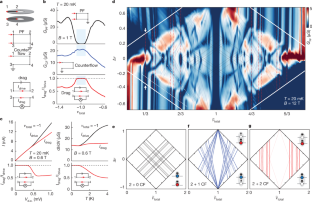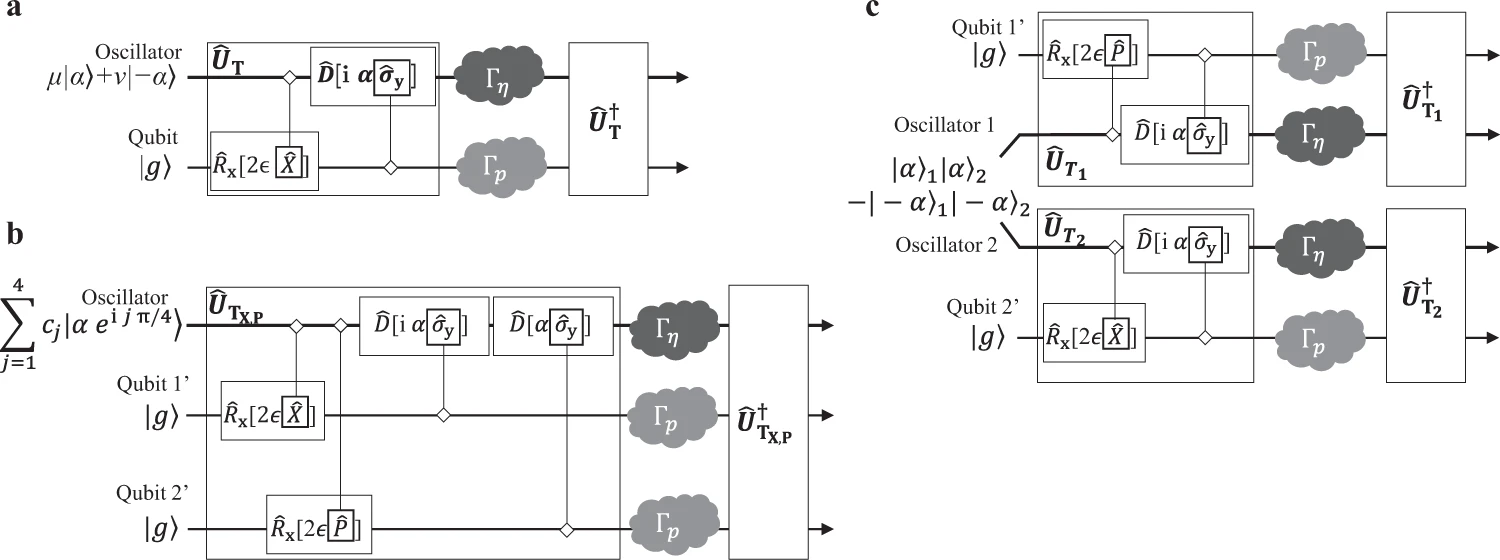Scientists at Brown University have made a significant breakthrough by discovering a new class of quantum particles called fractional excitons, which display characteristics of both fermions and bosons. The research, published in Nature on January 8, was led by Associate Professor Jia Li along with graduate students Naiyuan Zhang, Ron Nguyen, and Navketan Batra, and Professor Dima Feldman.
The discovery centers around the fractional quantum Hall effect. The team constructed a device using two layers of graphene separated by hexagonal boron nitride crystal. When exposed to extremely powerful magnetic fields (millions of times stronger than Earth’s), this setup allowed them to observe fractional excitons, which are formed by combining an electron with a hole (the absence of an electron).
What makes these particles particularly interesting is their unique behavior. Typically, quantum particles are classified as either bosons (which can share quantum states) or fermions (which cannot occupy the same quantum state due to the Pauli exclusion principle). However, fractional excitons exhibited properties of both categories, making them similar to anyons but with distinctive characteristics that set them apart.
The research team demonstrated that these excitons can exist in the fractional quantum Hall regime and that some arise from pairing fractionally charged particles. This creates fractional excitons that don’t behave like conventional bosons, suggesting they represent an entirely new class of particles with unique quantum properties.
This discovery has significant implications for quantum computing. The existence of these new particles could potentially improve how information is stored and manipulated at the quantum level, leading to enhanced quantum computer performance. The team is now focusing on studying how these fractional excitons interact and whether their behavior can be controlled.
Professor Li emphasized that while they have experimentally proven these particles exist, they are only beginning to understand their potential applications. Professor Feldman likened the discovery to having their “finger right on the knob of quantum mechanics,” describing it as an previously unappreciated aspect of quantum mechanics.
The breakthrough could pave the way for new phases of matter and enhance our understanding of fundamental physics, particularly in the quantum realm where particles can exist in multiple states simultaneously and communicate across vast distances instantaneously.
Reference: “Excitons in the fractional quantum Hall effect” 8 January 2025, Nature. DOI: 10.1038/s41586-024-08274-3



